You know what no one warned us about? That retirement might start feeling like a subscription you can’t afford to renew. One minute you’re fantasizing about beach walks and early bird specials, and the next, your Medicare plan ghosts you, your library’s closed on Tuesdays, and even your cat’s looking at you like, “Where’s my premium kibble, Linda?”
This year, seniors across the country are getting hit with some truly bleak budget cuts—and we’re not just talking about fewer crossword puzzles. We’re talking healthcare, housing, even Meals on Wheels. So if you’ve noticed Grandma looking extra salty lately, trust us—she’s got good reason. Here are 14 budget cuts that retirees are absolutely not here for in 2025.
1. Medicare Cuts: The $500 Billion Elephant in the Waiting Room

Seniors are bracing for a staggering $500 billion reduction in Medicare funding over the next decade, as projected by the Congressional Budget Office. This isn’t just a number—it’s a potential threat to the quality and accessibility of healthcare for millions. The cuts could lead to reduced services, longer wait times, and increased out-of-pocket costs for beneficiaries. The proposed changes have sparked widespread concern among healthcare providers and recipients alike.
Many fear that the cuts will disproportionately affect the most vulnerable populations, including low-income seniors and those with chronic conditions. The debate continues as policymakers grapple with balancing budget constraints and the need to provide essential healthcare services. The potential impact of these cuts underscores the importance of ongoing discussions about the future of Medicare and the well-being of the nation’s aging population.
2. Social Security COLA: A 2.5% Raise That Feels Like a Tip
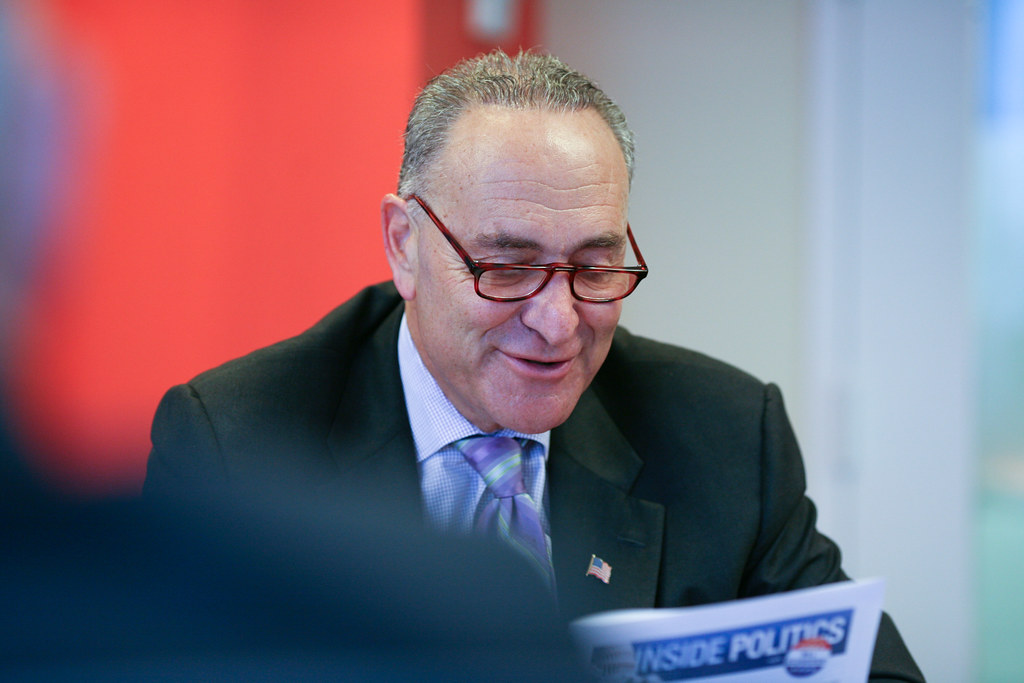
The Social Security Administration announced a 2.5% cost-of-living adjustment (COLA) for 2025, translating to an average monthly increase of about $50 for recipients. While any increase is welcome, many seniors feel this modest bump doesn’t keep pace with rising living costs. The adjustment is based on the Consumer Price Index, which some argue doesn’t accurately reflect the expenses seniors face, such as healthcare and housing.
Critics point out that previous years saw higher COLA increases, making this year’s adjustment feel insufficient. The modest increase has sparked discussions about the need for a more accurate measure of inflation for seniors. Advocates are calling for reforms to ensure Social Security benefits adequately support the aging population. The debate highlights the ongoing challenges in maintaining the purchasing power of fixed-income retirees.
3. Housing Assistance: Section 8 on the Chopping Block
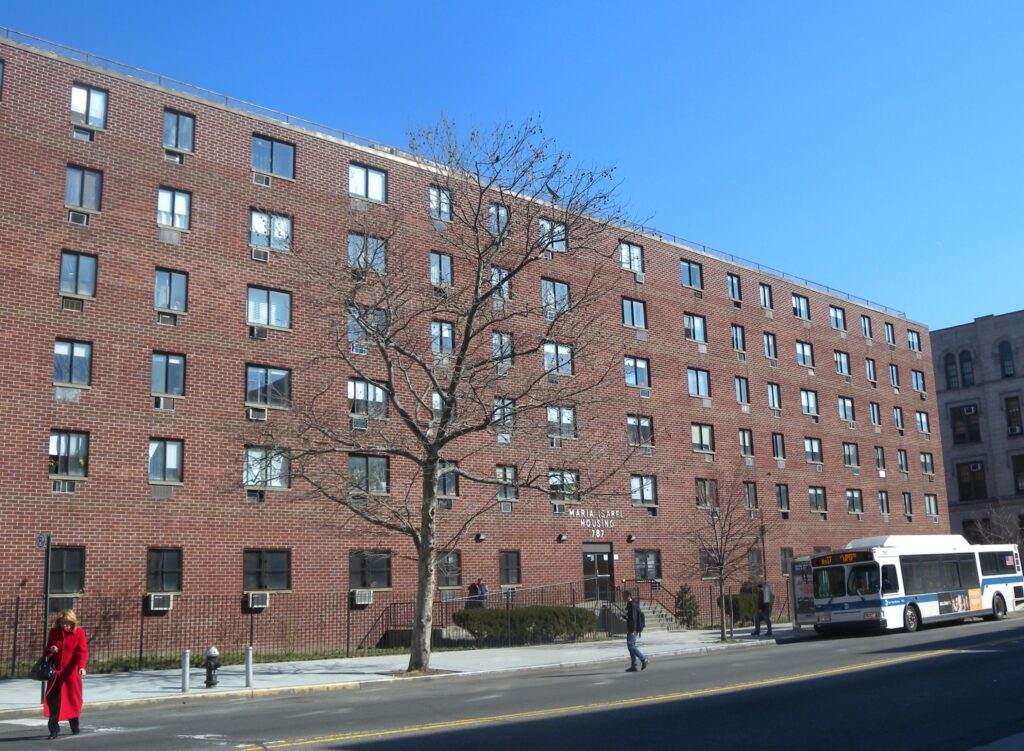
The proposed federal budget includes a $26.7 billion cut to housing assistance programs, effectively slashing funding for Section 8 vouchers, per The Washington Post. This move threatens to displace thousands of low-income seniors who rely on these subsidies to afford housing. The cuts could exacerbate homelessness and housing insecurity among the elderly population. Advocates warn that the reduction in funding will strain already limited affordable housing resources.
The proposed changes have sparked outrage among housing advocates and community leaders. Many are urging lawmakers to reconsider the cuts, emphasizing the critical role of housing assistance in supporting vulnerable populations. The debate underscores the broader challenges of addressing affordable housing needs in the face of budget constraints.
4. Meals on Wheels: Budget Cuts Threaten a Lifeline
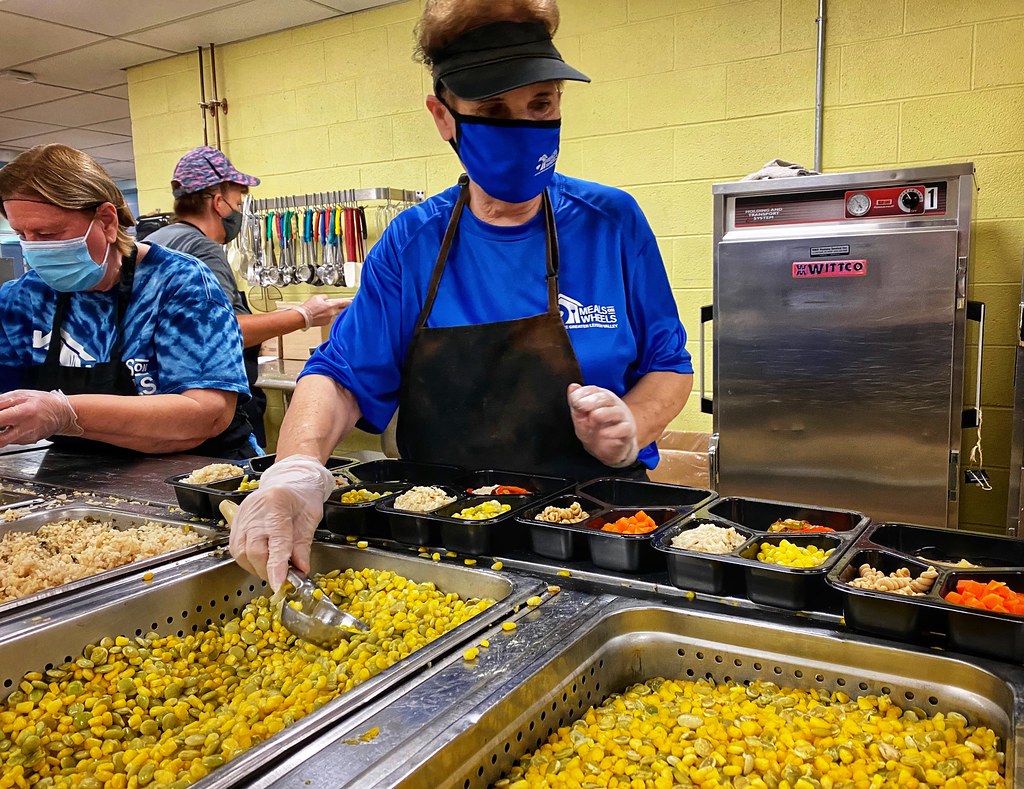
The Meals on Wheels program, which delivers nutritious meals to homebound seniors, faces significant funding cuts under the proposed budget, according to Health Journalism. The reductions could lead to fewer meals delivered and longer waitlists for services. For many seniors, Meals on Wheels is more than just food—it’s a vital connection to the community and a check on their well-being.
The potential cuts have raised concerns about increased isolation and health risks among the elderly. Advocates argue that investing in such programs saves money in the long run by reducing hospitalizations and long-term care needs. The debate highlights the importance of community-based services in supporting aging in place. Many are calling on lawmakers to preserve funding for these essential programs.
5. Public Transit: Seniors Left Stranded
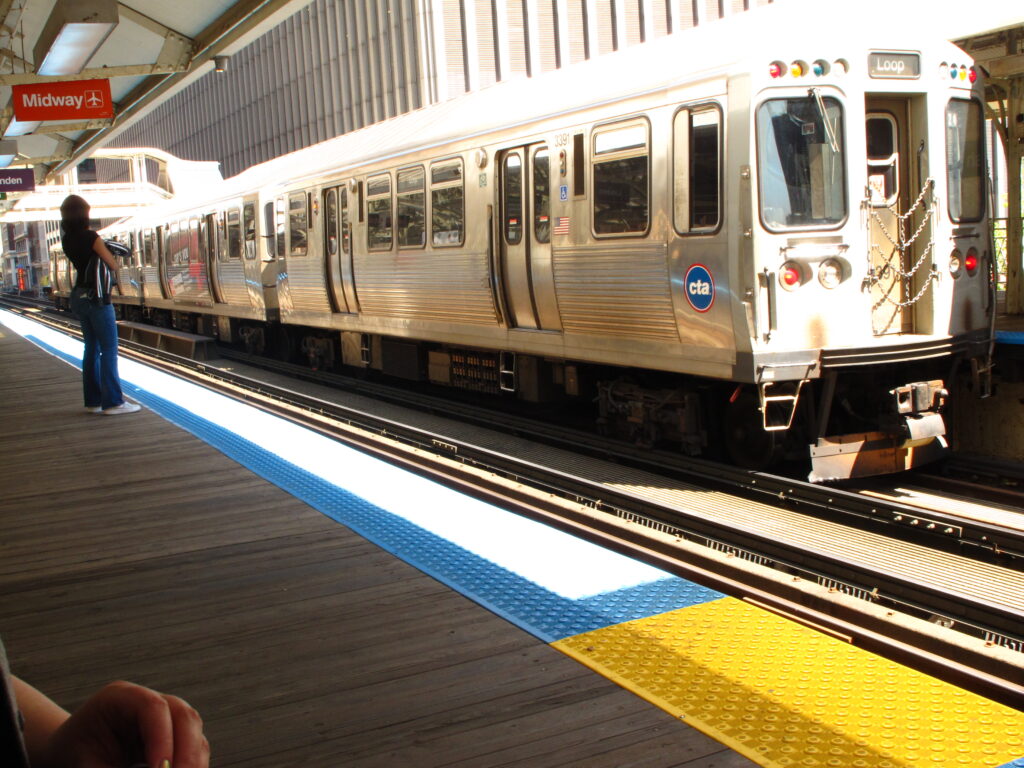
Illinois faces a $770 million shortfall in its transit budget, threatening massive service cuts that could severely impact both urban and suburban communities. Commuters who depend on public transportation, such as seniors who have given up their cars, could find themselves stranded. The Chicago Transit Authority warns that under the worst-case scenario, significant reductions in train and bus services could occur.
In areas like Harvey, a critical suburban transit hub, cuts could reduce service by at least 40%, isolating workers and residents. Despite federal and state investments in upgrading transit facilities, service cuts could derail economic progress. Lawmakers have yet to agree on a funding solution, and transportation officials warn that planning for cuts will begin soon without action. Similar funding crises are taking place nationwide, with cities like Philadelphia and New York also facing major deficits, according to the San Fransisco Chronicle.
6. Local Senior Centers Are Shrinking Their Hours
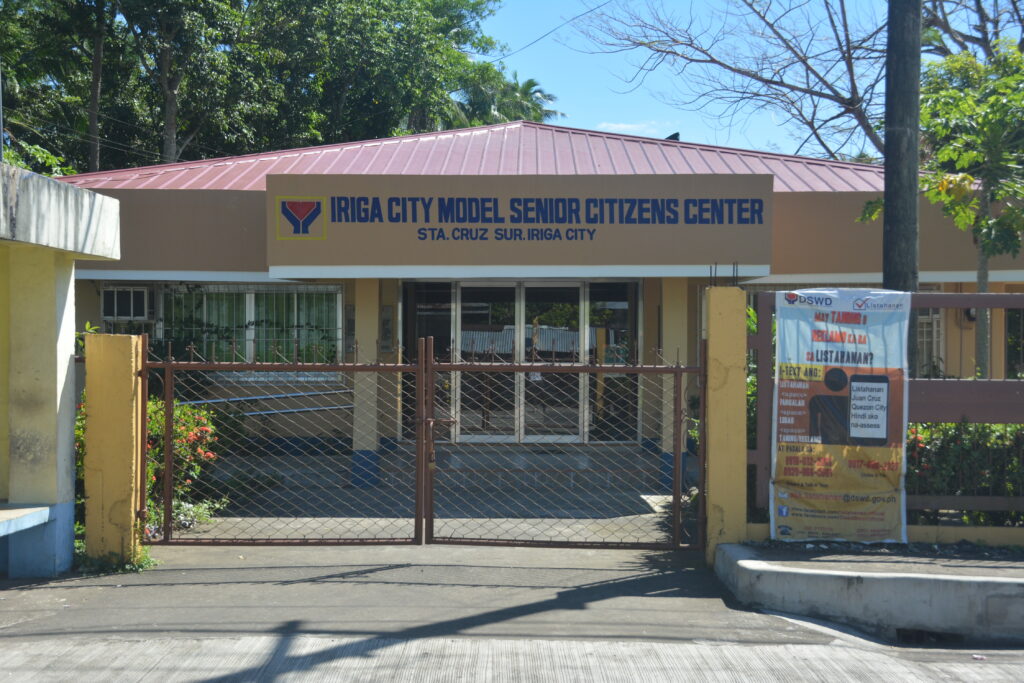
Once upon a time, senior centers were the unsung heroes of community life—free coffee, board games, Zumba classes, and that one guy named Frank who always had a story. But this year, budget constraints have those places cutting back hours like it’s a seasonal Starbucks menu. Tuesday tai chi? Canceled. Bingo night? Moved to an every-other-week situation. For a lot of retirees, these centers offer social lifelines that are suddenly hanging by a thread. Without them, days get quieter, lonelier, and frankly, a little more boring.
Even basic services like tech help or nutrition advice are disappearing. It’s not just about activities—it’s about connection, support, and feeling seen. Now seniors are expected to just chill at home with Wheel of Fortune reruns and Sudoku apps? Hard pass. Shrinking hours means shrinking support. And it’s hitting at the worst possible time—when everything else is getting more expensive too.
7. Prescription Co-Pays Are Creeping Back Up

Remember when your co-pay was $5 and you’d leave the pharmacy with a smug little smirk? Yeah, those days are fading fast. A bunch of insurance plans are quietly bumping up co-pays, even on common medications like blood pressure or cholesterol drugs. It’s not dramatic enough to spark outrage, but it’s sneaky enough to snowball fast—$10 here, $20 there, multiplied by multiple meds. Seniors on fixed incomes are feeling the pinch, especially if they take five or more prescriptions a day (which, let’s be honest, most do).
Even generics aren’t safe anymore—some are climbing in price just because they can. And of course, none of this is explained in a clear, human-readable way. It’s all dense PDFs and “formularies” that might as well be written in Elvish. Every trip to the pharmacy now comes with a little suspense—and not the fun kind. It’s the kind where your wallet flinches before your pharmacist even rings you up. Ain’t that a bitter pill to swallow?
8. Utility Subsidies Are Getting Icy Cold

Heating and cooling assistance programs are quietly getting the axe—or at least a dramatic trim. That’s bad news if you were counting on help keeping the A/C running during summer or staying warm through a brutal winter. Seniors on low incomes are especially vulnerable, and without those subsidies, their utility bills could skyrocket. That means making tough choices: heat or groceries, insulin or internet. These aren’t the kinds of choices anyone should be making in retirement.
Local programs like LIHEAP (Low Income Home Energy Assistance Program) are seeing reduced capacity, fewer spots, and longer waitlists. Some states are even cutting seasonal allowances altogether. This isn’t about frivolous luxury—it’s about staying safe and healthy. Cold homes can worsen arthritis and respiratory issues, and hot ones can lead to heat stroke. What used to be a cushion is now barely a Band-Aid. And no, energy-efficient lightbulbs aren’t going to fix it.
9. Library Services Are Quietly Vanishing
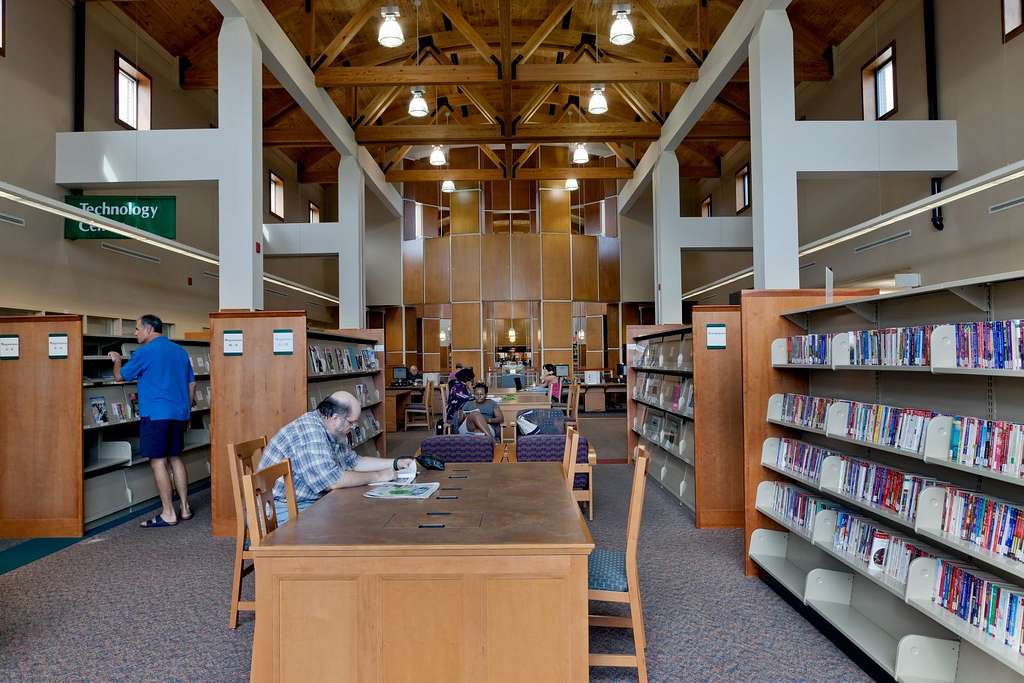
For many seniors, the local library is more than just books—it’s internet access, free classes, community events, and sometimes, just a warm place to sit for a few hours. But libraries across the country are trimming their hours, reducing programming, and in some cases, closing branches altogether. And yes, it hurts. Especially for older adults who might not be tech-savvy enough to replace the library with an iPad and an Audible subscription. Storytime might not be your vibe anymore, but tax prep help, genealogy workshops, and senior reading clubs definitely are.
Those resources are getting cut or quietly phased out. Fewer librarians mean fewer people to help you figure out how to use that confusing government website or print out your grandkid’s science fair project. And let’s be honest—your home printer hasn’t worked since 2009. The library used to be the one place where everyone, regardless of income, got access to knowledge. Now? It’s becoming a luxury. And that’s just plain tragic.
10. Public Dental Programs Are Getting Pulled

Look, we don’t talk enough about senior dental care—but let’s go there. Gums recede, teeth get sensitive, and Medicare doesn’t cover much unless you’re already in serious trouble. A lot of states used to offer public dental clinics or voucher programs to help older adults stay on top of things. But surprise! Those budgets are shrinking faster than a denture cup in the microwave (don’t try that, by the way). Cleanings are getting rarer, dentures take months to get approved, and good luck finding a place that’ll take the new reduced reimbursements.
When seniors skip dental care, it can lead to serious health issues—heart disease, malnutrition, even pneumonia. This isn’t about vanity; it’s about dignity and overall wellness. But now, that twice-a-year cleaning? Might get bumped to “maybe next year.” Nothing says “golden years” like gum pain and waiting lists. Oh, and try eating corn on the cob with one molar. Fun times.
11. Transportation Vouchers Are Running on Empty
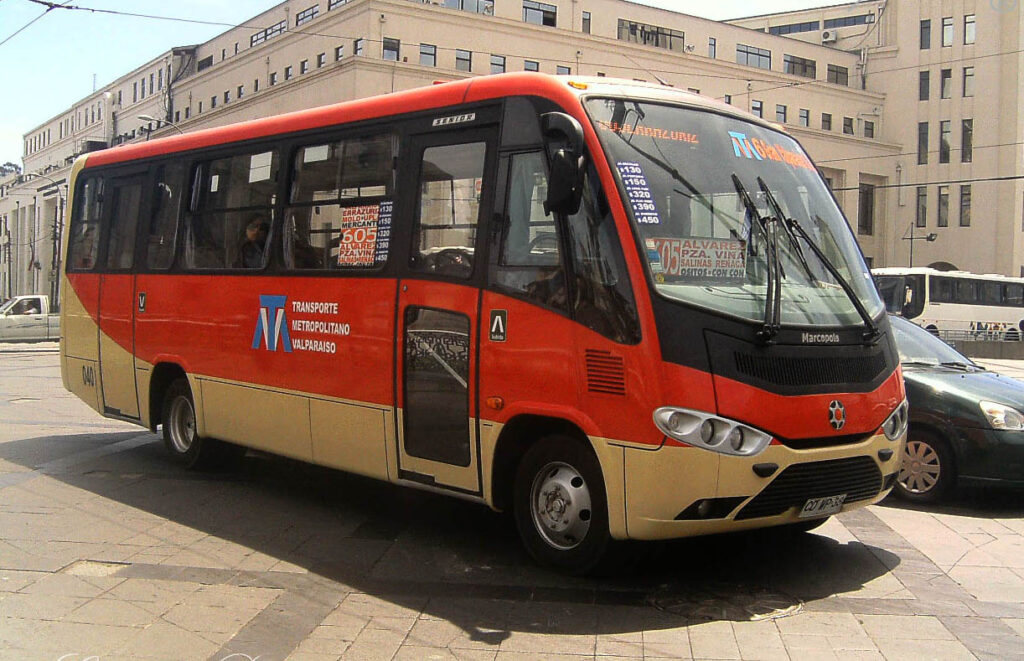
You know what’s wild? We encourage older adults to stop driving for safety reasons, then quietly remove all the affordable ways for them to get around. Transportation vouchers—those golden tickets for doctor’s appointments, grocery runs, and social visits—are getting harder to come by. In some places, the programs have been suspended altogether due to budget shortfalls. Others are now “means tested” within an inch of their life, meaning only the most broke of the broke qualify. The result? More seniors stuck at home, isolated, and increasingly dependent on friends, family, or expensive rideshares.
Social isolation has real health consequences, from depression to cognitive decline. This isn’t a “nice-to-have” service—it’s a lifeline. But the funding says otherwise. Programs like dial-a-ride used to be celebrated. Now they’re being quietly euthanized. And no, Uber doesn’t count when you’re on Social Security and still own a flip phone.
12. Food Assistance Programs Are Serving Less and Less
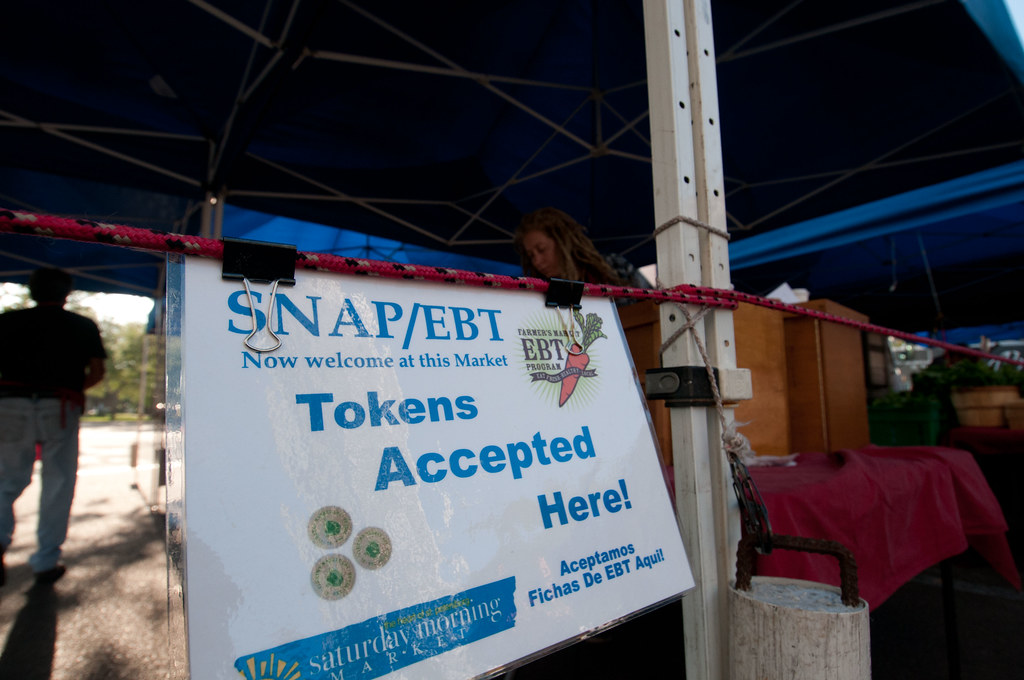
SNAP benefits and local food pantry services were once a soft landing for seniors living on the edge. But lately, the portions are getting smaller—literally and figuratively. Monthly benefit reductions and stricter eligibility requirements are squeezing out seniors who need just a little help to stay afloat. Food costs have skyrocketed, yet assistance hasn’t kept pace. Many older adults now find themselves in the weird in-between where they “make too much” to qualify but “not enough” to actually live.
Local food pantries are seeing higher demand, longer lines, and shorter supply. Meanwhile, delivery programs that brought groceries or meal kits to homebound seniors are seeing major cuts. Some have been eliminated entirely. What used to be a security net is now a frayed rope. Hunger in retirement isn’t just a sad visual—it’s a growing reality. And no, cutting out lattes won’t fix it when inflation has already eaten your pantry.
13. Tech Support Programs Are Logging Off

Sure, everyone expects Grandma to FaceTime now—but what happens when Grandma doesn’t know how to set it up? Many seniors rely on community centers or nonprofit tech programs to get help setting up phones, avoiding scams, or navigating websites. But guess what? Funding for these programs is drying up. Volunteers are fewer, classes are getting canceled, and the digital divide is yawning wider than ever.
It’s not just about convenience—these tech gaps can lock seniors out of health portals, online banking, or even appointment scheduling. The expectation is “just go online,” but without help, that’s like saying “just fly the plane” when you’ve never touched a joystick. It leaves people feeling dumb, frustrated, and left behind. Even worse? It opens the door to scams and identity theft. We should be handing out tech help like candy—because let’s face it, the internet isn’t getting simpler. But instead, we’re slamming the laptop shut and walking away.
14. Pet Care Assistance Programs Are Going MIA
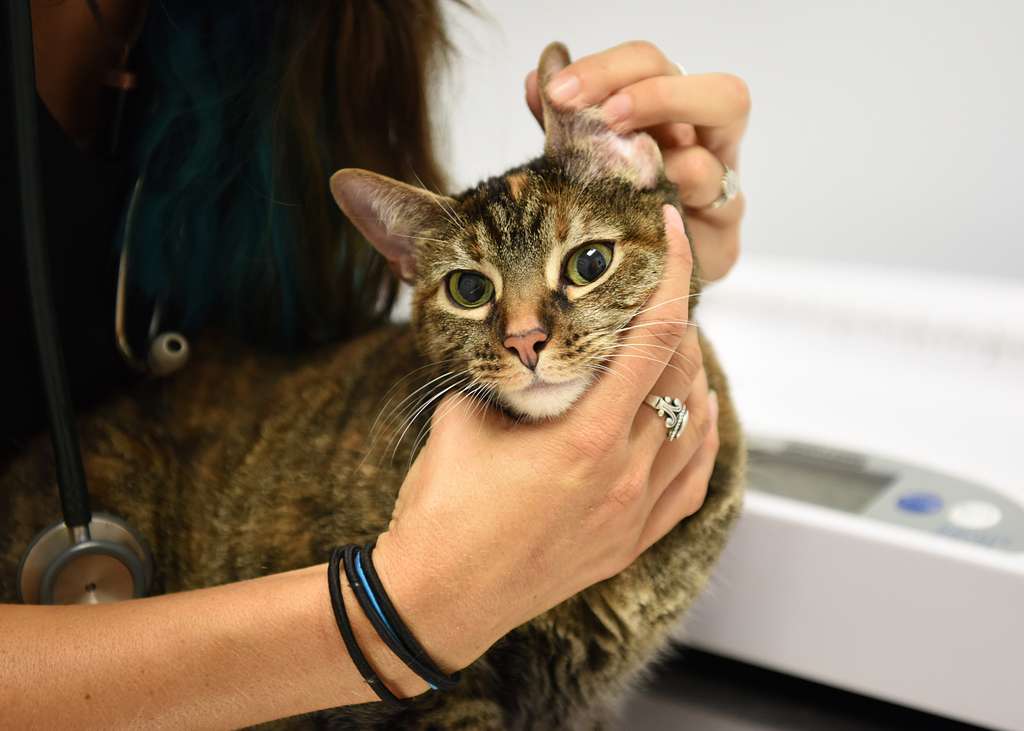
For a lot of seniors, a dog or cat isn’t just a pet—it’s a lifeline. Companionship, routine, joy, even security. But vet bills, pet food, and grooming costs add up fast, especially on a fixed income. There used to be awesome programs that helped low-income seniors care for their furry friends, from free vaccines to donated kibble.
Now? Those programs are drying up or getting folded into larger animal welfare budgets that aren’t prioritizing seniors. The result? Older adults facing the heartbreaking choice of giving up their pets because they can’t afford basic care. That’s devastating on every level. Especially when we know that pets lower stress and increase longevity. Losing that emotional support system just because the budget got tight? That’s cruel. We’re supposed to be the nation that loves both its elders and its animals. Let’s not pit them against each other.
This article is for informational purposes only and should not be construed as financial advice. Consult a financial professional before making investment or other financial decisions. The author and publisher make no warranties of any kind.









